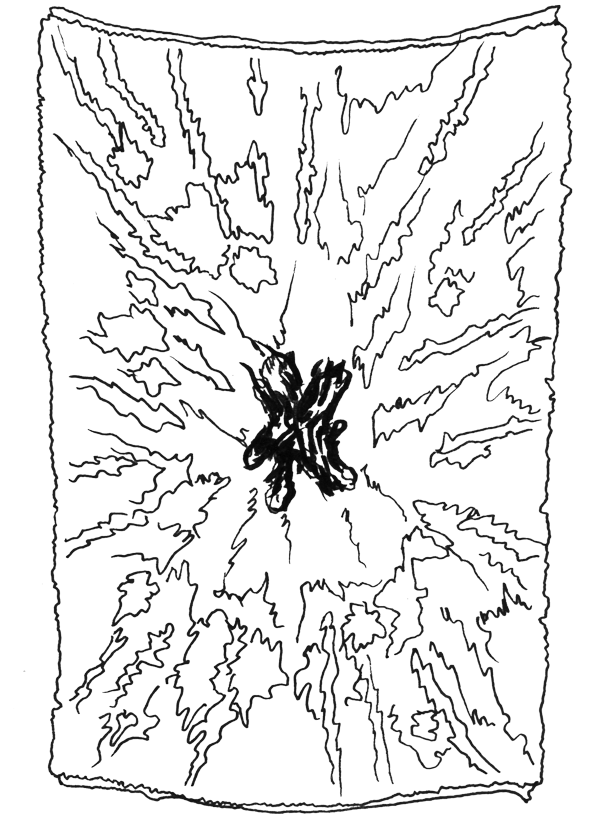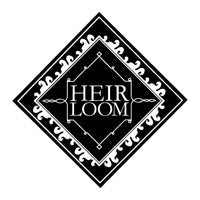


Brief Scandinavian History to the Viking Age
Scandinavia is a region in northern Europe that shares many linguistic and cultural aspects. It consists of Denmark, Norway, and Sweden. It is sometimes loosely expanded to include it’s fellow Nordic countries of Finland and Iceland as well.
The first people migrated to the region around 15,000 years ago following the last glacial period. Hunters-gatherers were initially attracted by large herds of reindeer but would later settle as a coastal people who relied primarily on the bounty of the sea for sustenance. The first advanced civilization in Scandinavia occurred during the Nordic Bronze age (1700-500BC). Amber was very abundant in Northern Europe and was highly regarded by the civilizations in the Mediterranean. An ancient trade route known as the Amber Road was established which connected these regions through what is now modern day Russia. With trade, a thriving culture was established and there are many indications that shipping played an important role. The most important artistic material during this time are petroglyphs or images carved into rocks and there are many which depict ships and shipping. Representations of ships were also incorporated into important burial customs and there is evidence that this tradition continued well into the Viking Age.
The Viking Age is one of the most formative periods of Scandinavian culture and one which had the greatest impact on the European continent. It would last from the late 8th Century until the 11th Century when Christianity would ultimately replace Norse paganism as the dominant religion. The Vikings were a seafaring power who raided and colonized many parts of Europe through it’s coastlines and river valleys. But their reach through trade and exploration would extend much further – all the way from North America to the Middle East. In a similar path as the Amber Road before it, a new network was established. The Volga trade route connected Northern Europe to markets in Constantinople, Anatolia and as far east as Baghdad. Everything from Persian luster ware to silver coins from Samarkand would be brought to Scandinavia via trade.

Rya Rugs
The origins of the rya rugs go as far back as the Viking Age. In addition to silver coins, Viking merchants also brought back silks from the Byzantines and a variety of textiles from the Turks in Anatolia. A series of Swedish textiles that have survived from the period are known as the Överhogdal tapestries and utilize a soumak weave more commonly associated with Anatolia and the Caucasus. One of the earliest known Ottoman rugs in existence, the Marby Rug, was also discovered in Sweden and dates to the early 14th century.
By the 15th century as wider trade had diminished, Scandinavians began weaving rya rugs inspired by the Anatolian Yataks or bedding rugs. These were densely woven with thick pile and utilized a Turkish knot. Early rya rugs featured simple geometric designs that were visible from the back of the rug. They were executed using a limited color palette of black, grey, white, and other natural wool colors.
During the rise of Sweden as a great power in the 17th century, a new type of rya was developed which was inspired by European Baroque patterns. These rugs had a shorter pile and closer rows of knots. The decorative aspect of the rug was reversed from the back of the rug to the front, and they became more colorful as well. These rugs became more decorative and were used for dowries, featured in wedding ceremonies, and displayed as bed coverings and wall hangings by both the nobility and the bourgeoisie.

detail from the Överhogdal Tapestries
soumak-woven tapestries made during the Viking era

The Marby Rug
14th Century Ottoman rug found in Marby, Sweden
Rya Rug Uses
Originally these rugs were used as mantles and bedding, rather than floor coverings. The shaggy woolen pile was placed face down on the bed and provided incredible warmth and comfort during the cold Scandinavian winters. Before the adoption of Ryas, furs and pelts were used to keep warm during the harsh winters, but these were impractical because they were difficult to wash and were prone to parasites. Sailors and fishermen were the first to start wearing and using these rugs, and they later became popular with the Scandinavian population at large.

Ryas in the Modern Era
As the Mid-Century Modern style gained steam in Europe and the United States, a distinct Scandinavian design philosophy and aesthetic would come to prominence as well. It was defined by simplicity, organic shapes and democratic design. The classic construction of rya rugs would combine with this new radical aesthetic to create some very distinct textiles. By the 1970s, rya rugs took the American market by storm. Not only was Scandinavian design becoming extremely popular, there was also a resurgence in crafting in the United States. Craft magazines of the period were full of ads for rya rugs and rya rug-making kits. With special kits, these rugs could be easily woven by anyone on a tabletop loom. By the 1980s, interest in rya rugs and crafting had waned, and they would slowly disappear from public consciousness. However, in recent years there has been renewed interest in rya rugs with the resurgence of mid century design.

We sourced our information from: A History of Textile Art by Agnes Geijer, The Age of the Vikings by Anders Winroth, hours of listening to “Viking Age Podcast” and of course Hali Magazine. Also of great assistance was reading articles by and having conversation with Anne Whidden. Check out her fantastic blog here.


